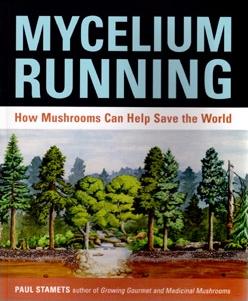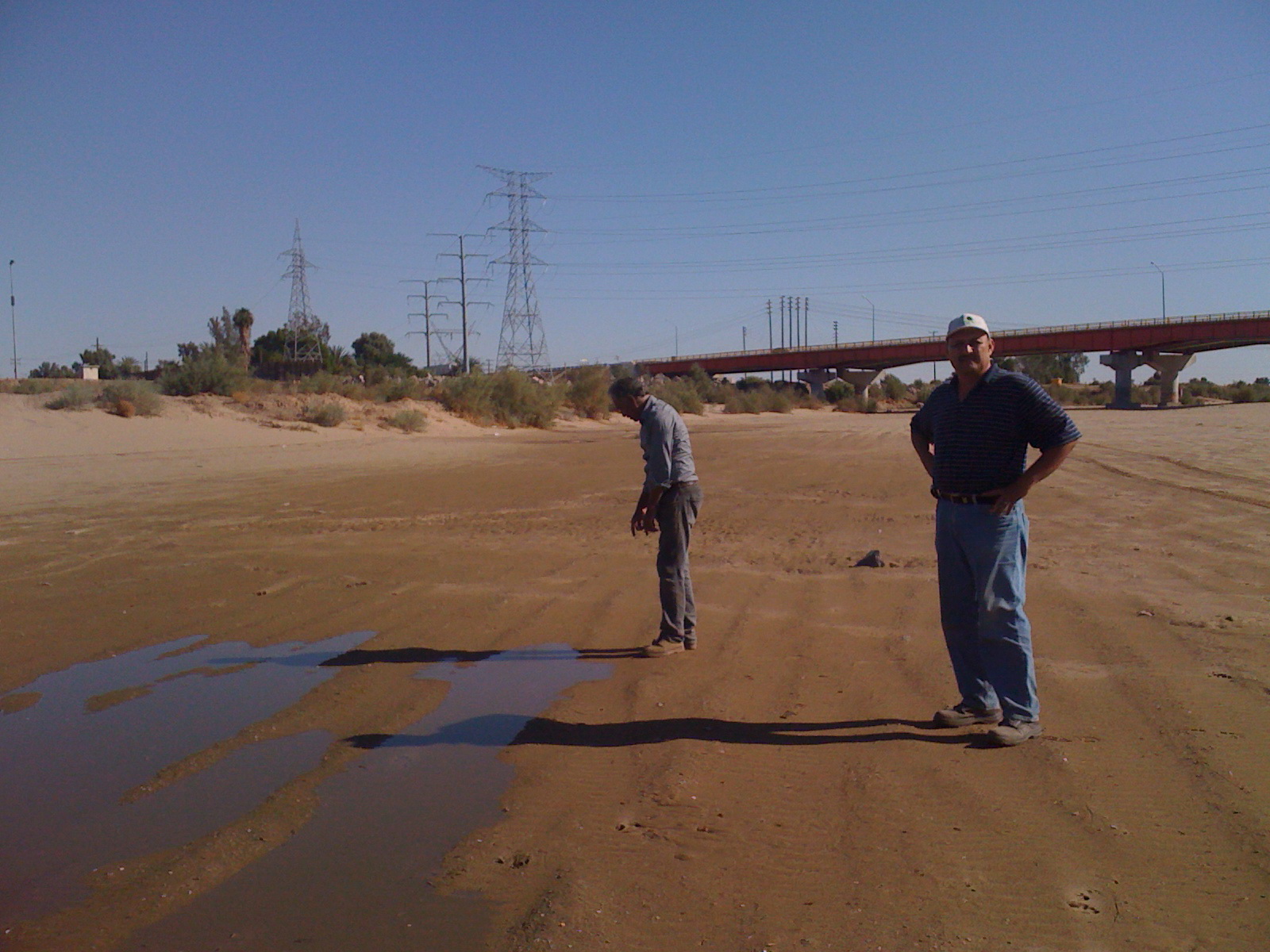"Permaculture" is a word fast gaining adoption in (and beyond) the agricultural and gardening worlds. We see it mentioned fairly often here on PeakProsperity.com.
But what exactly does it mean?
When asked, many of our readers have a fuzzy sense, at best. So, we've asked one of the top experts in the permaculture field, Toby Hemenway, to provide an 'everyman's' overview of the philosophy, science and best practices of the craft. His book, Gaia's Garden: A Guide to Home-Scale Permaculture has been the world's best-selling permaculture book the past 8 years running.
At its essence, permaculture is about understanding and appreciating how systems naturally operate, and combining those systems in intelligent ways to accomplish intended goals, sustainably.
And while it's mostly applied to food production and land management today, the principles of permaculture make just as much sense for our economic, energetic, social and other systems. Which is why we want to provide the Peak Prosperity audience with a solid grounding on the subject -- as Chris and I plan to actively integrate much of it going forward into the "lens" we look through at this site.
"Permaculture" really started as 'permanent agriculture': we were looking at food systems and looking at how to mimic natural ecosystems. But something that we began to discover was that what we are really talking about is complex, adaptive systems, or dynamic systems -- like an ecosystem.
But an economy is a dynamic system, a community is a dynamic system, an energy-harvesting system is a dynamic system. As human beings, we encounter so many different kinds of dynamic systems. And, it turns out that if you understand a dynamic system like an ecosystem, if you know the rules for how those can be healthy -- how to enhance their health and how to work with them -- then you can port those rules over to almost any other dynamic system: like a community or a neighborhood, or designing a business, or a local economy, or an energy system, or a social justice system.
It turns out that once you have got these principles, you can apply them to almost any other dynamic system. The main difference is you just need to understand what patterns apply to say a justice system or an economic system as opposed to an ecologically-designed farm. But the rules turn out to be very similar.
So the real, the fascinating, and the exciting work in permaculture now is being done in social permaculture, in financial permaculture, in looking at human systems. Because, Nature is in pretty good shape by herself; it's the human pieces that we need to get working a lot better.
Click the play button below to listen to my interview with Toby Hemenway (42m:21s):
This is a companion discussion topic for the original entry at https://peakprosperity.com/toby-hemenway-explaining-permaculture/

